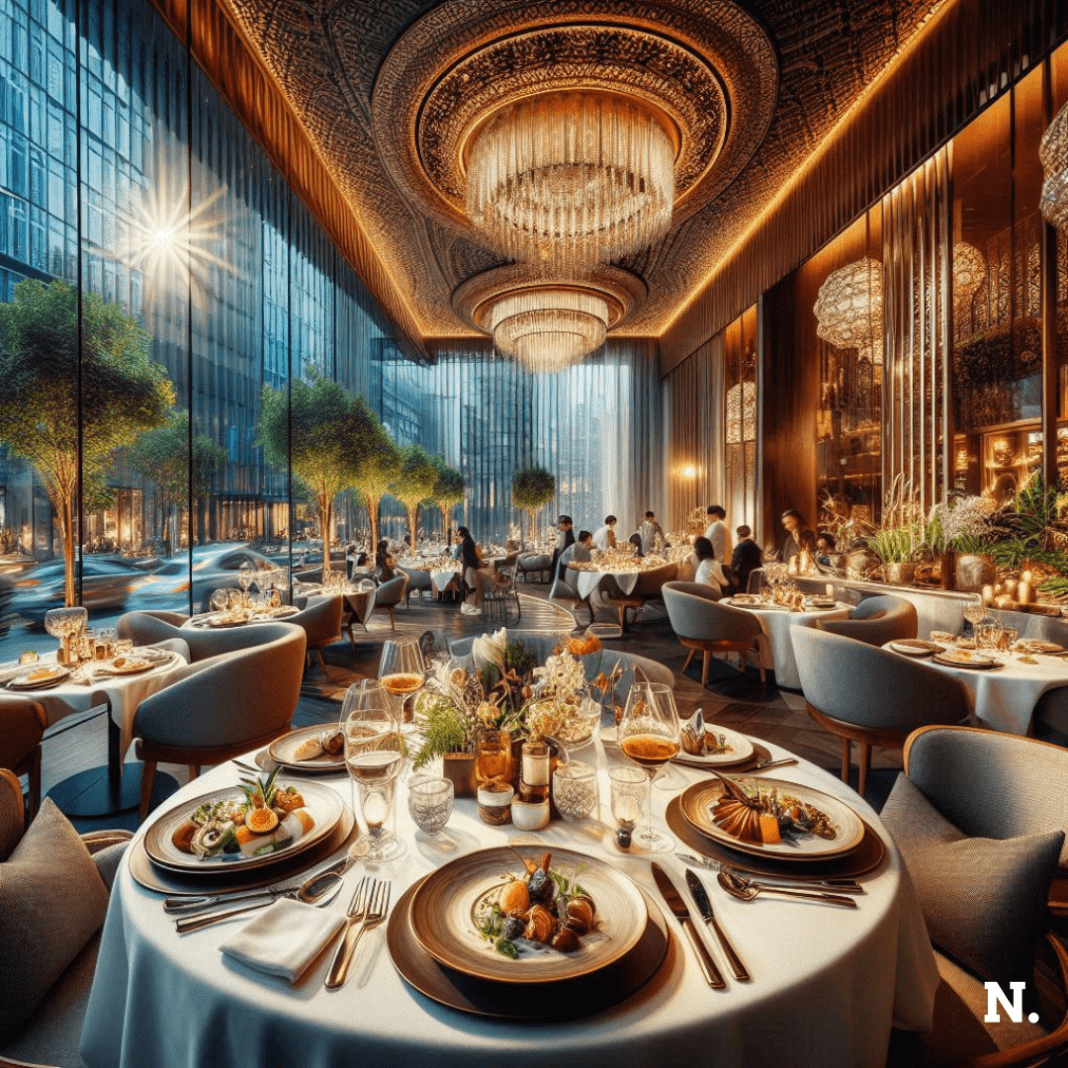India is witnessing a remarkable shift in consumer behavior. BookMyShow and Zomato, platforms previously known for cinema tickets and food delivery, are now becoming central hubs for event ticket sales. From the highly anticipated Coldplay concert to Diljit Dosanjh’s concerts, these platforms are playing a crucial role in bringing live entertainment to millions. But this trend goes far beyond just event ticketing. Indians are increasingly focusing on experiences like concerts, vacations, and gourmet dining over material possessions.
Let’s dive deeper into this new trend and understand how it’s reshaping spending habits across the country.
From Concerts to Dining: A New Era of Spending
The shift from material possessions to experiences is not just limited to the elite. Middle-class consumers, who make up about 31% of India’s population, are also joining the wave. Experiences, such as attending concerts and dining at high-end restaurants, are becoming more popular than ever.
Take the example of the recent Coldplay concert in Mumbai. More than 13 million people tried to grab tickets for just 1.5 lakh seats. The ticket frenzy was so intense that they sold out in mere minutes. Some people were even willing to pay 10 to 20 times the original price on resale platforms. Floor tickets, originally priced at ₹6,450, were resold for ₹50,000 or more. Lounge tickets, which started at ₹35,000, skyrocketed to as much as ₹10 lakh each.
This trend isn’t unique to Coldplay. The same demand has been seen for other international artists like Dua Lipa, and even local stars like Diljit Dosanjh. His Dil-Luminati concert, for instance, had tickets sold out in record time, with Zomato handling the sales.
Food and Travel: New Ways to Create Memories
It’s not just concerts that are driving experiential spending in India. Fine dining has become a growing trend, with gourmet meals and celebrity chef experiences becoming more popular across the country. No longer exclusive to the wealthy, luxury dining is expanding to middle-class consumers who are eager to spend more on food experiences.
The numbers speak for themselves. The Indian gourmet food market was valued at $1.3 billion in FY24 and is projected to grow by 20% annually. Dining out is no longer about just having a meal; it’s about creating a memorable experience, and Indians are more than willing to spend on these experiences.
Beyond dining, travel has become a key area of experiential spending. Domestic and international trips are on the rise, with more Indians taking multiple vacations each year. From 2019 to 2023, the number of people taking more than three trips annually increased by 25%. Family travel grew by 64% between 2022 and 2023, and solo travel bookings went up by 23%.
Even the way people are choosing their accommodations has changed. Luxury hotels and premium stays have become the preferred choice for many. According to MakeMyTrip, bookings for high-end hotels surged by 150% compared to pre-pandemic levels. Major hotel chains like Taj and IHCL have responded by offering boutique experiences, such as nature walks and bird-watching excursions, appealing to travelers who seek more than just a regular hotel stay.
What’s Driving the Shift to Experiences?
So why are Indians shifting from buying goods to investing in experiences? One key reason is rooted in psychology. Studies show that people derive longer-lasting happiness from experiences rather than material purchases. This explains why concerts, vacations, and dining experiences have become more desirable, as they offer memories and moments that last much longer than any material item.
Another major factor is the increasing emphasis on mental well-being. With the stresses of modern life, many people are looking to take breaks and prioritize self-care. Wellness retreats, vacations, and other holistic experiences are gaining popularity as people look for ways to recharge. A survey conducted by Deloitte revealed that 50% of people want to maintain or increase how often they dine out or order food, while 29% expressed a desire to increase their travel frequency.
Interestingly, while experiences are gaining ground, spending on goods like apparel and consumer durables is seeing a decline. According to the same survey, 30% of respondents prefer not to spend on these items, while 32% plan to cut their spending on clothing.
Financial options like Buy-Now-Pay-Later (BNPL) schemes, EMI plans, and credit cards are also making it easier for consumers to spend on experiences. These payment methods give people access to credit for discretionary spending, whether it’s for attending a concert, dining at a high-end restaurant, or booking a luxury vacation.
The Bottomline
India’s consumer landscape is shifting, with experiences becoming the new form of luxury. Whether it’s attending a sold-out concert or dining at a gourmet restaurant, people are prioritizing moments and memories over material goods. Social media also plays a significant role, as sharing these experiences with friends and followers adds to their social value.
In this new era of spending, Indian consumers are showing that they are more than willing to invest in experiences that bring them joy, happiness, and unforgettable memories. And with the trend gaining momentum, it’s clear that experiences are now an integral part of modern Indian life.





